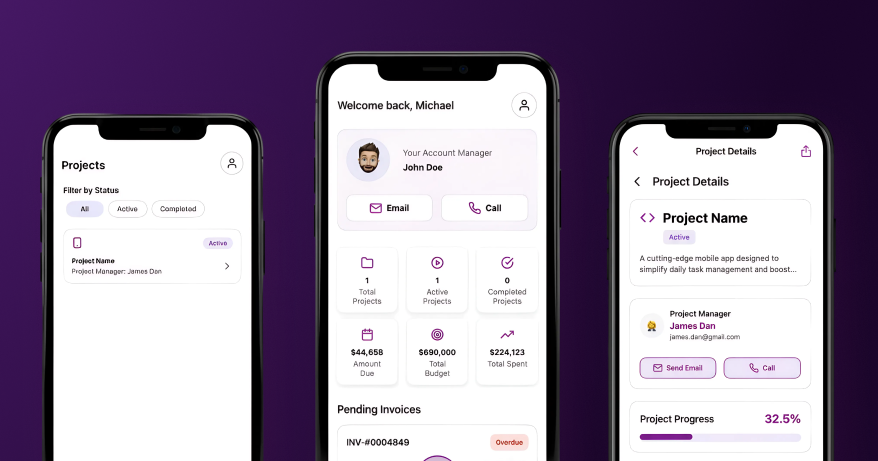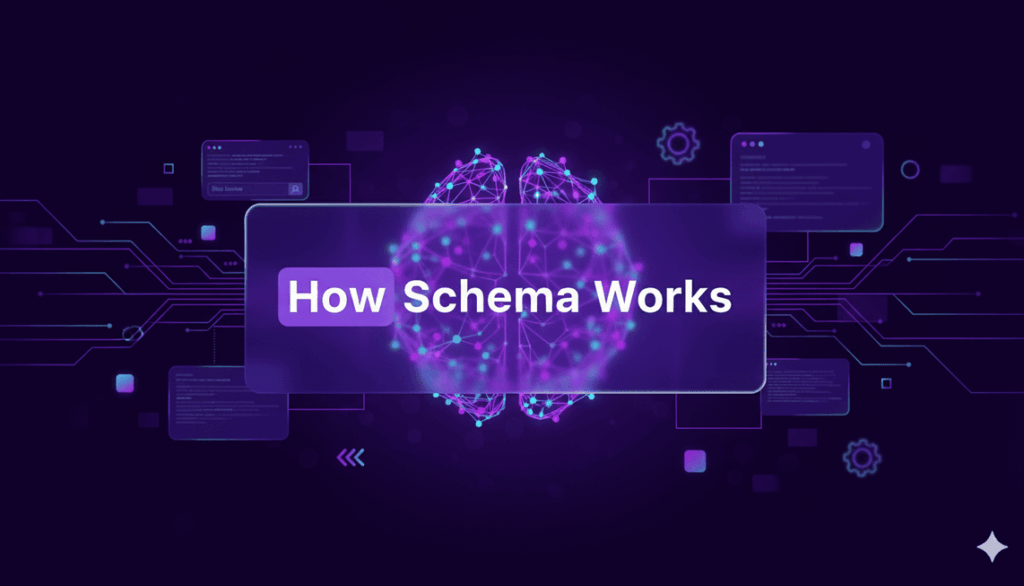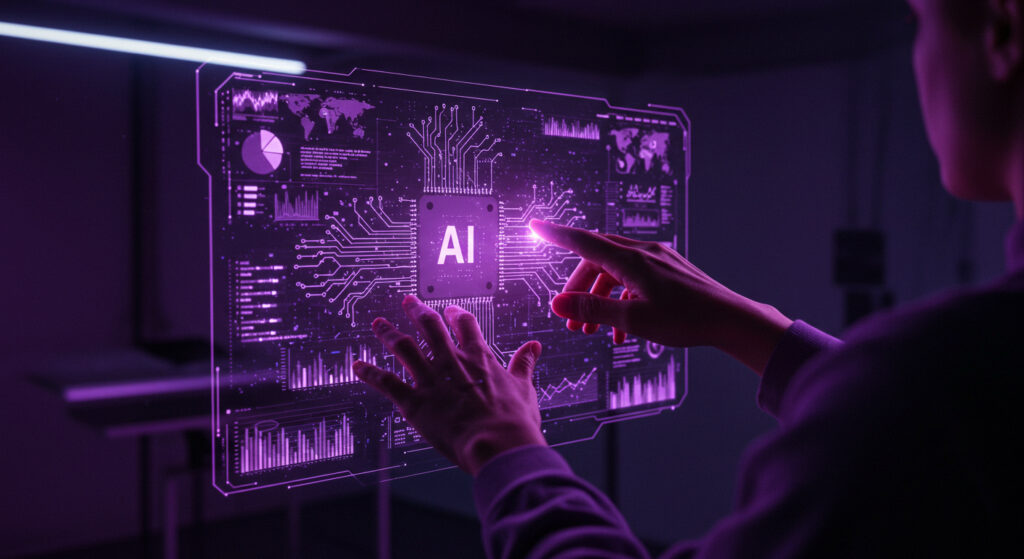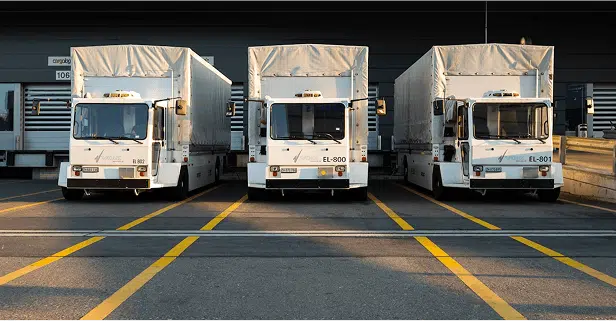A Guide to Seamless Modernization
Legacy systems are the backbone of many businesses, but as technology evolves, these outdated platforms can become a bottleneck for growth. Migrating a legacy system to a modern one is a crucial step toward improving scalability, security, and overall efficiency. However, without a structured approach, the process can be complex and costly.
Why Migrate?
More often than not, legacy systems operate on outdated programming languages, inefficient databases, and unsupported frameworks. Keeping these systems up and running has major downsides:
- High Maintenance Costs: Outdated systems need specialized support and patch management.
- Security Vulnerabilities: Old system worn out and not patched up with new modern security is vulnerable to cyber threats.
- Performance Issues: Server response times are slow with limited scalability to support business growth
- Integration Problems: Many legacy systems are not able to get integrated with cutting-edge tech such as AI and cloud computing.
With the data migration services market projected to reach $10.98 billion by 2025, and cloud migration services, which involve the moving of data and applications from on-premises installations to the cloud, are expected to surpass $515.83 billion by 2027, companies around the world are transitioning to modern systems.
Steps for a Successful Migration
Legacy systems migration is not a one size fits all process. Therefore, organizations should customize their approach with regards to business needs, system complexity, and available resources.
1. Assess the Legacy System
- Determine which functions you must keep, enhance, or replace.
- Assess dependencies for a seamless migration.
- Set business goals — whether to increase performance or add new functionality.
2. Choose a Migration Strategy
Different migration strategies provide different degrees of transformation:
- Lift-and-Shift: Quick migration with minimal changes, suitable for cloud adoption.
- Replatforming: Optimizes system architecture while preserving core functionality.
- Refactoring: Enhances performance by restructuring legacy code.
- Re-architecting: A complete redesign to leverage cloud-native technologies.
- Parallel Migration: Runs old and new systems simultaneously to mitigate risks.
3. Plan Data Migration
- Conduct data assessment and cleansing to eliminate inconsistencies.
- Map legacy data structures to the new system.
- Validate data integrity through rigorous testing.
4. Seamless Integration
- Use APIs or middleware for smooth interoperability.
- Conduct integration testing to ensure functionality across platforms.
- Leverage cloud services to enhance scalability and flexibility.
5. User Adoption & Change Management
- Provide hands-on training and resources to facilitate adoption.
- Communicate benefits clearly to stakeholders.
- Offer ongoing support to resolve transition challenges.
Overcoming Migration Challenges
Data Complexity: Conduct thorough mapping and validation.
High Costs: Budget carefully and explore cloud-based cost efficiencies.
Business Disruption: Use phased or parallel migration to minimize downtime.
User Resistance: Provide extensive training and support.
Success in Practice: MobiDev Legacy System Migration
An esteemed IoT enterprise struggled with an obsolete access management system. MobiDev made system modernization possible as a service by bringing cloud capabilities through AWS IoT integration and refactoring the existing code base. The results? Enhanced stability and scalability, optimized user experience. This pivot made the company a major player in its category.
247 Labs: Future-Proofing Your Business
Future is now, and migrating your legacy system is an investment for your company. You’ll work closely with your 247Labs migration team to develop a custom tailored migration strategy to your specific business requirements. If you want to modernize an outdated web platform or a cloud migration, our team makes sure that everything gets transitioned smoothly and with little to no disruptions.
Ready to upgrade your system? Get in touch with 247 Labs to ensure your digital platform is future-ready.





